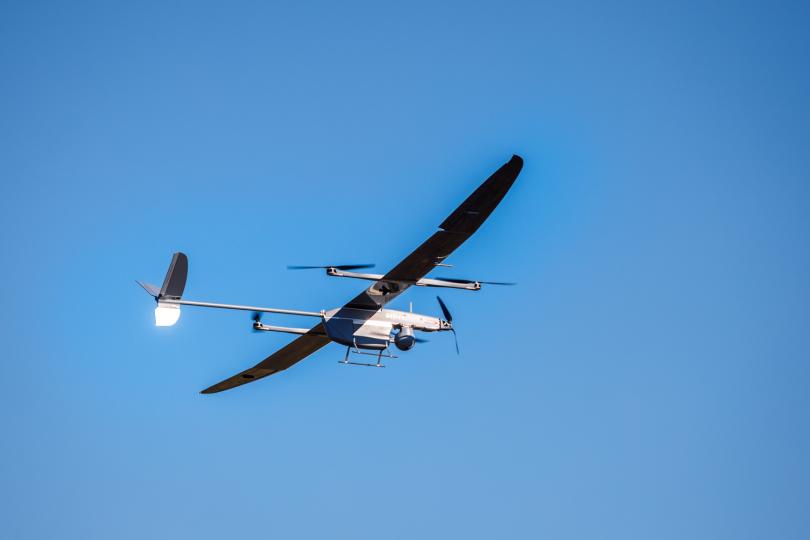28 September saw another trials to integrate drones into urban environments in Estonia
On 28 September, under the initiative of the Estonian Air Navigation Services, trial flights once again took place in Viimsi as part of the GOF2.0 project with drones of different sizes and purposes in cooperation with drone developers and manufacturers CAFA Tech Estonia, Threod Systems Estonia. The flights were used to test systems and technical solutions developed for the management of unmanned air traffic in urban environments and for supporting drone flight in controlled and uncontrolled airspace.

The new U-space legal framework encompassing the European Union will enter into force as early as January 2023, regulating the management of unmanned air traffic and prescribing the implementation of systems for advanced unmanned aviation. In Estonia and most European countries, you currently need to apply for a permit at least three working days in advance to fly a drone in an urban environment. Unfortunately, weather conditions and business needs can change rapidly, making it inefficient to plan things several days in advance.
The new systems devised by developers as part of the GOF 2.0 project enable drone operators to use the airspace in a flexible manner, and already issued flight plans can be altered from the moment a request is made. This should significantly speed up the coordination and approval of drone flights with air traffic control units in areas where this may prove necessary.
According to Tanel Järvet, CEO of Estonian drone and robotics company CAFA Tech, almost all commercial flights performed by drones today are already automated. But we need common control systems to ensure the safety of everyone using the airspace.
“We have been testing different systems for unmanned aviation since 2019 and have now integrated the C2 control systems of CAFA Tech drones with the unmanned aviation system. As a result of our work, the positions of our drones can be monitored in real time by all aircrafts in a single air traffic control system,” said Tanel Järvet.
In addition to flexibility, the technical solutions developed allow unmanned aviation to be integrated with conventional aviation, and the positions of drones can also be shared in real time. This information can be used for air traffic management and coordination with manned flights. The submission, acceptance and alteration of drone flight plans and the display of airspace warnings is also automated, and information about changes in the airspace and in air traffic conditions reaches the drone pilot without any delay.
For example, this means that if a medical helicopter and a package delivery drone want to reach the same building at the same time, the new system makes it possible to automatically postpone the delivery drone’s flight by something like 20 minutes until the medical helicopter has left the area.
Considering the rapid advancements made in drone flight and its expansion into other areas, such flexible use of airspace is already necessary, and it is high time to integrate drones with other air traffic. According to Maria Tamm, Project Manager at Estonian Air Navigation Services, U-space is needed to speed up the pre-flight approvals of unmanned flights and, in particular, to support flights that operate outside of the direct line of sight and share airspace with several other users, including manned aircrafts. “With U-space, we can integrate drone flights into the single airspace in such a way that these flights will take place in a safe and secure manner while also supporting the real needs of companies and operators. To this end, manned and unmanned aviation systems need to communicate with each other and exchange information necessary for aviation activities with all parties, thus enabling flexible airspace use,” said Maria Tamm.
European air traffic management research and development projects coordinator SESAR 3 JU supports the GOF 2.0 project, which aims to integrate unmanned air traffic systems into shared airspace.
The project is coordinated by the Estonian Air Navigation Services and it includes a total of 15 companies: Airbus, Aviamaps, CAFA Tech, Dimetor, Droneradar, EHang, Fintraffic ANS, Frequentis, Poznan Supercomputing and Networking Center, Polish Air Navigation Services Agency, Robots Expert Finland, Threod Systems Estonia, Unmanned Life, Vaisala Oyj.